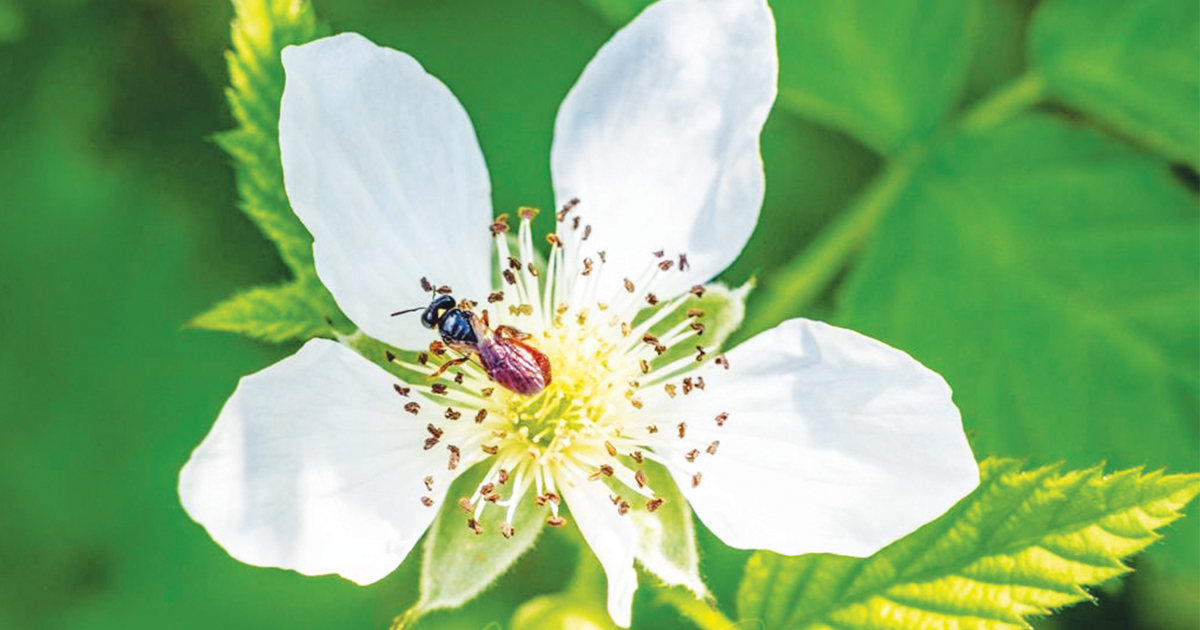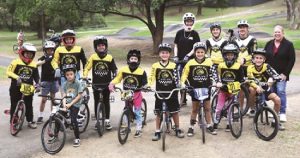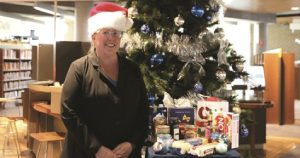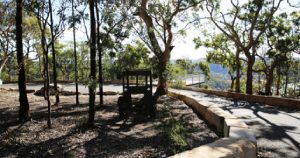Insect pollination is the most efficient and reliable mechanism for plants to set seed and reproduce. Sadly, pollinator populations, particularly bee populations are decreasing as we are clearing land for urban development, remove vegetation and use pesticides.
The Australian Pollinator Count is a citizen science project that is conducted once a year, in spring, and aims to measure the abundance and diversity of insect pollinators. It categorises insects into broad groupings of various native bees and European honey bees, native and exotic flies, beetles, butterflies, moths and skippers, native and European wasps and other insects.
The Australian Pollinator Count supports participating citizen scientists through a range of online information. I also used the opportunity to attend a short workshop hosted by Hornsby Shire Council.
After that, simply count the insect pollinators that are visiting your flowers in any 10 minutes and submit the count sheet.

The real fun started after that, when I relaxed with a cup of tea in the garden. I became so acutely aware of the large number of pollinators in my garden. Various native bees and flies were feeding on native plants, herbs gone to flower and my salvias. Various butterfly species were showing off and looking for mates, and some of the untidy areas of the garden with bamboo sticks and dead wood had turned already into pollinator nurseries.
By conserving existing pollinator habitat, having large patches of a variety of different flower species available during the year and not using pesticides, we can help our pollinators to maintain required numbers.
After all, we need pollinators to help us to grow our food and flowers and to maintain our natural environment.
If you would like help or further information, contact Nick on 9653 2056, via email [email protected] or visit Still Creek Landcare at http://www. stillcreeklandcare.com.au or on Facebook.






